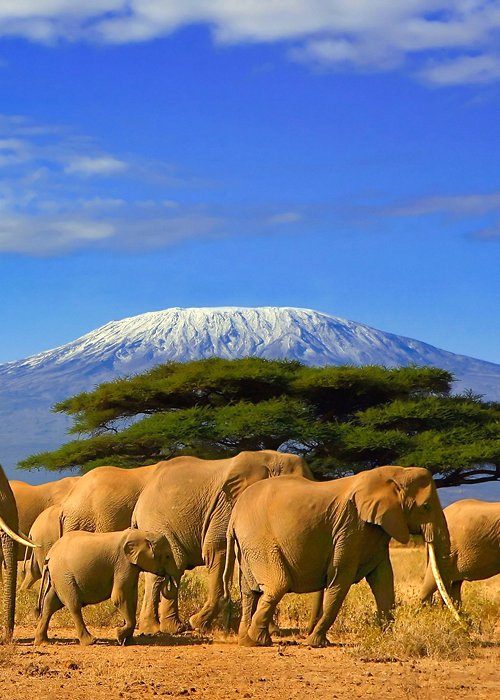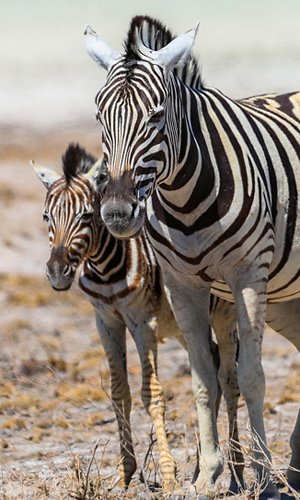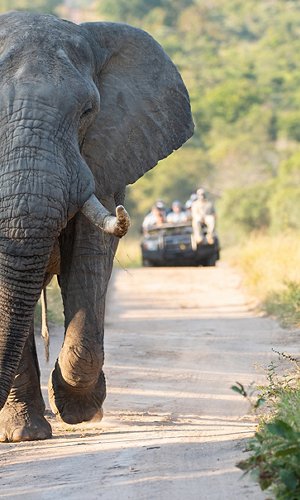The savannah environment is in the tropical and in the equatorial zones, which have seasonal rain that characterize two different seasons: the rainy season and the dry season.
This climate determines the ideal conditions for widespread grasslands that are typical of the savannah. The temperature is high all year round. The grass is more resistant than the trees and notwithstanding the dry winds, it looses less water than the taller plants and is the principal source of food for many animals of the savannah. In the grasslands of East Africa, the elephants, antelopes and giraffes eat only the leaves; gnus eat the higher grasses, zebras graze the low grass and the gazelles eat plants and grass that grow near the soil. Every year, at the end of the rainy season, many grazing animals start to migrate in search of water and food and are followed by predators and “scavengers”. Lions, leopards, cheetahs, wild dogs and hyena attack the herds, vultures and jackals clean up the carcasses, crocodiles and catfish await near the fords where the herds gather in large numbers to cross the swollen rivers.






